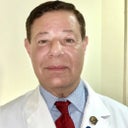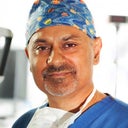Getting a good assessment and understanding treatment options of the lower eyelid and mid face is fairly complex.

